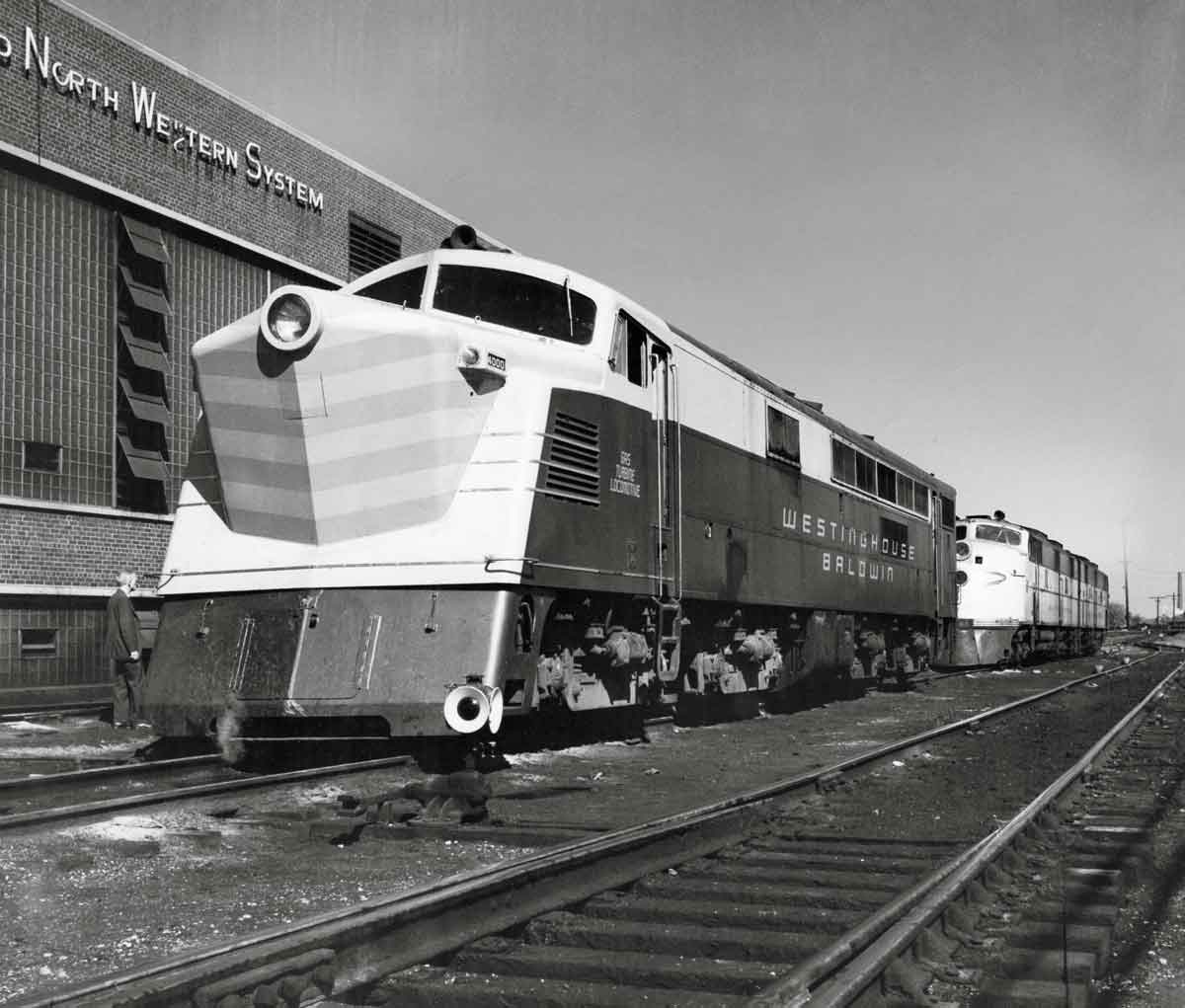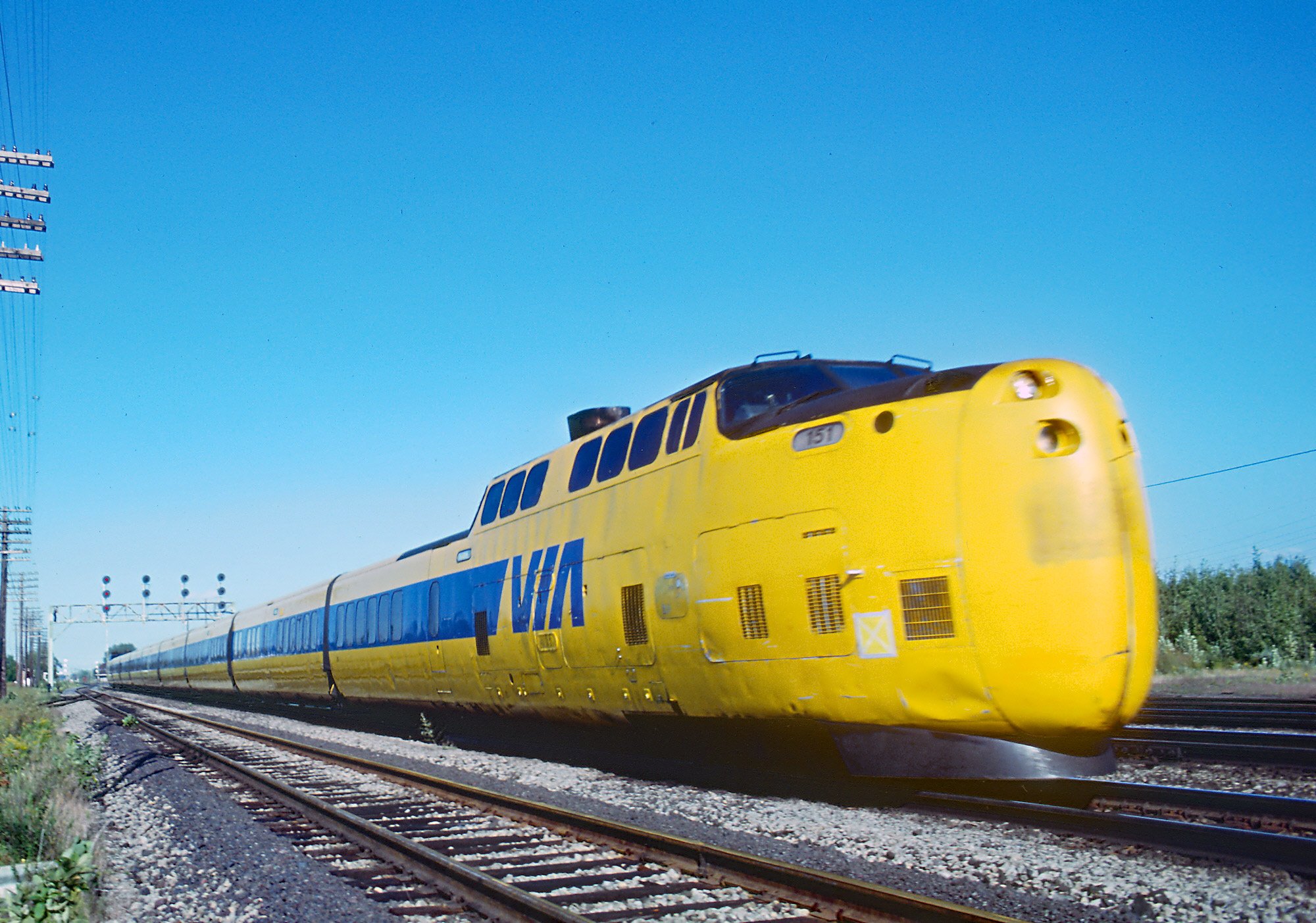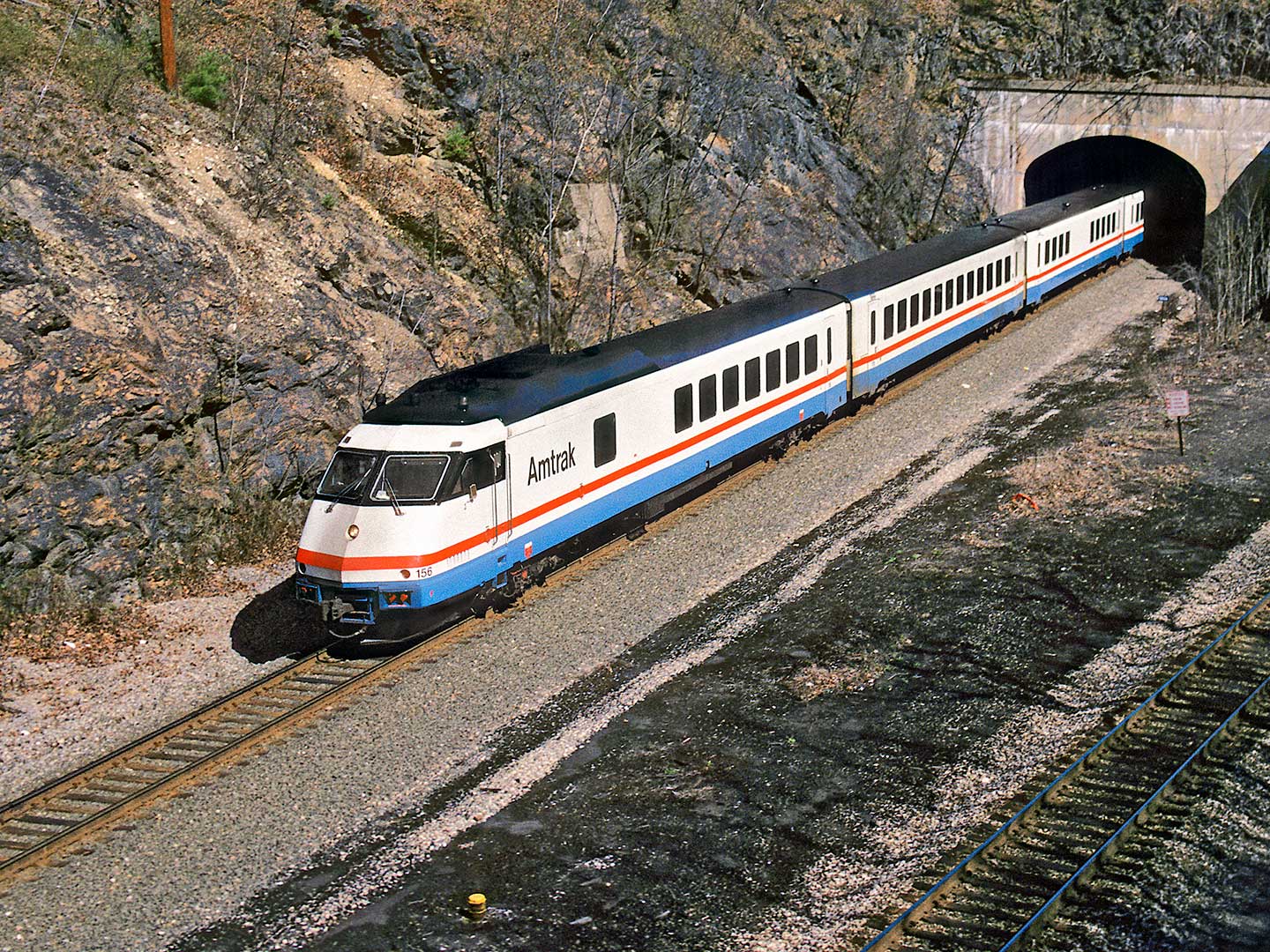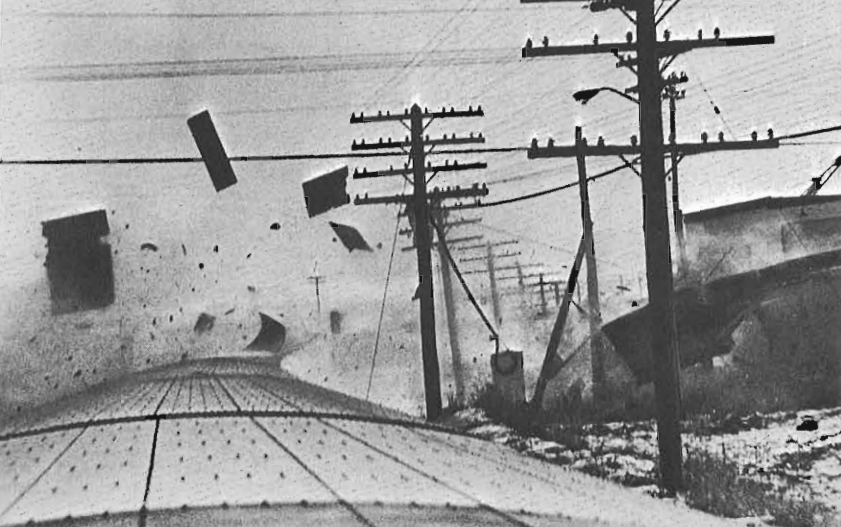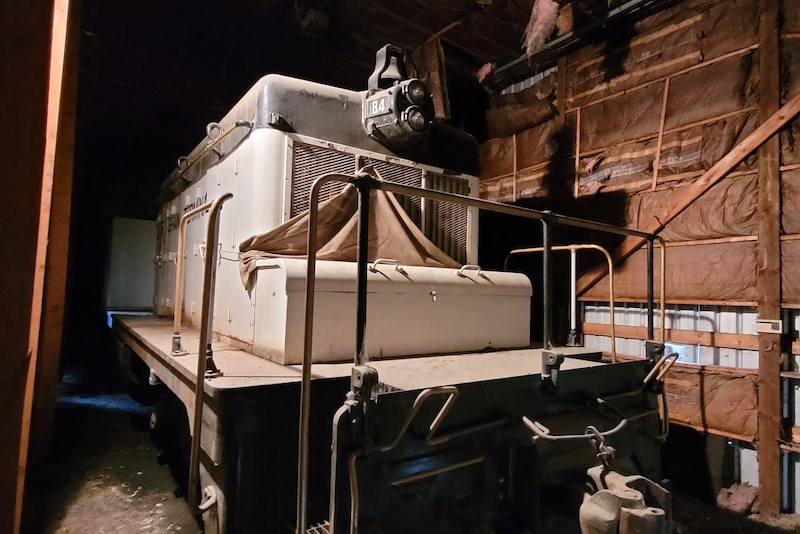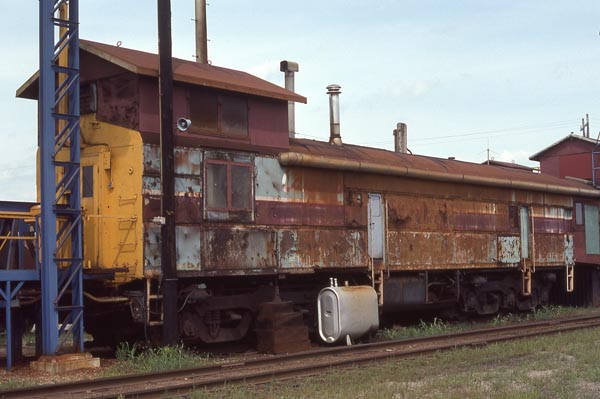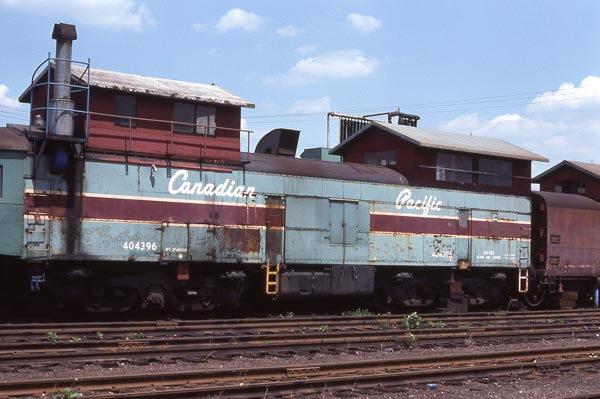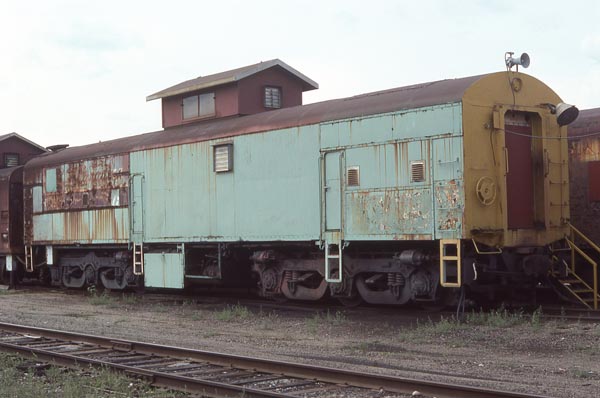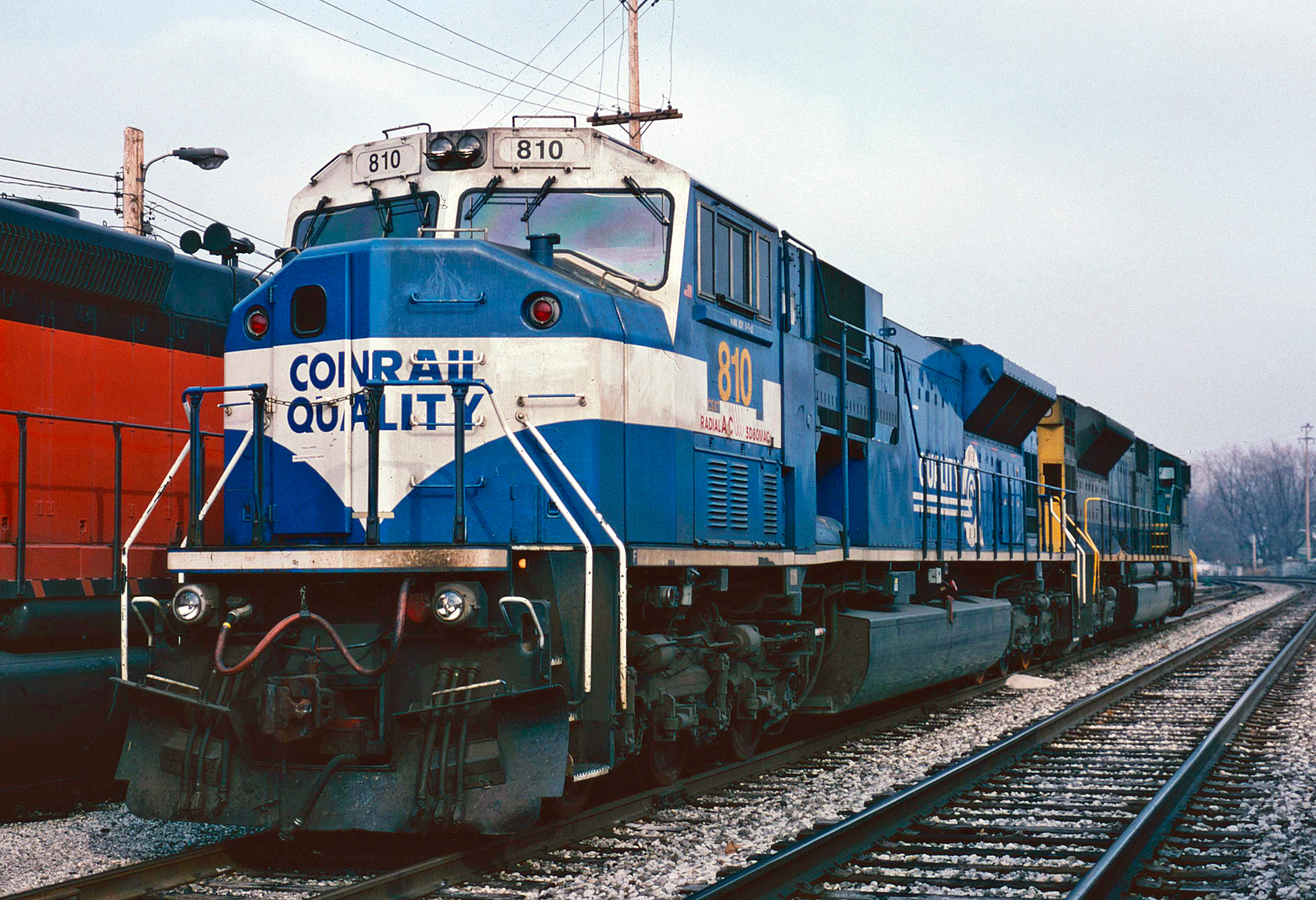The UP GTELs were easily the most successful turbine locomotives in the US, but it's debated whether they were a truly successful locomotive. For starters, Union Pacific owned 55 of them, but no other orders ever materialized from other railroads. They were also fairly short-lived: the first-generation units operated from '52/'53-'64, the second-generation units operated from '54-'63/'64, and the third-generation units operated from '58/'61-'69. That's about a decade for all three generations, not terribly long by railroad locomotive standards.
The case can be made that UP was willing to put up with their various shortcomings because they offered more horsepower than anything on the market at the time. They were insanely loud, to the point where UP had to be mindful of where they operated them due to noise complaints. They were wildly inefficient anywhere other than wide-open throttle at speeds, burning 70% of the fuel used at wide open throttle when idling or running at low speeds, and even when operated at their efficiency sweet spots, they were still a thirsty machine. They also required a lot of specialized maintenance and service that was unique to them, always a death sentence to railroad equipment.
What happened to the GTELs to finally force UP to retire them? The first thing was that they burned Bunker C fuel oil. When UP introduced these machines, Bunker C was considered basically a waste produce, and so while the GTELs burned a ton of it, UP could get it for next to nothing. But by the mid '60s, the plastics industry had begun to find uses for Bunker C, and also the petroleum industry had found ways to crack Bunker C down into more useful products. Suddenly the price of Bunker C shot way up, and the GTELs cost a fortune to fuel. The other nail in the coffin was the advancement of diesel technology. When the first-generation GTEL came out, it could replace three F3s or GP7s. By the mid '60s, an EMD SD45 was only 900hp short of replacing a single turbine, and that was good old well-known EMD technology. And EMD, GE, and Alco were willing to build 5000-6000hp twin-engine diesels that exceeded the first- and second-generation GTELs. It also was more fuel efficient, quieter, and burned conventional diesel fuel. The increasing horsepower of second-generation diesels was also what doomed a lot of electrified rail in the US.






